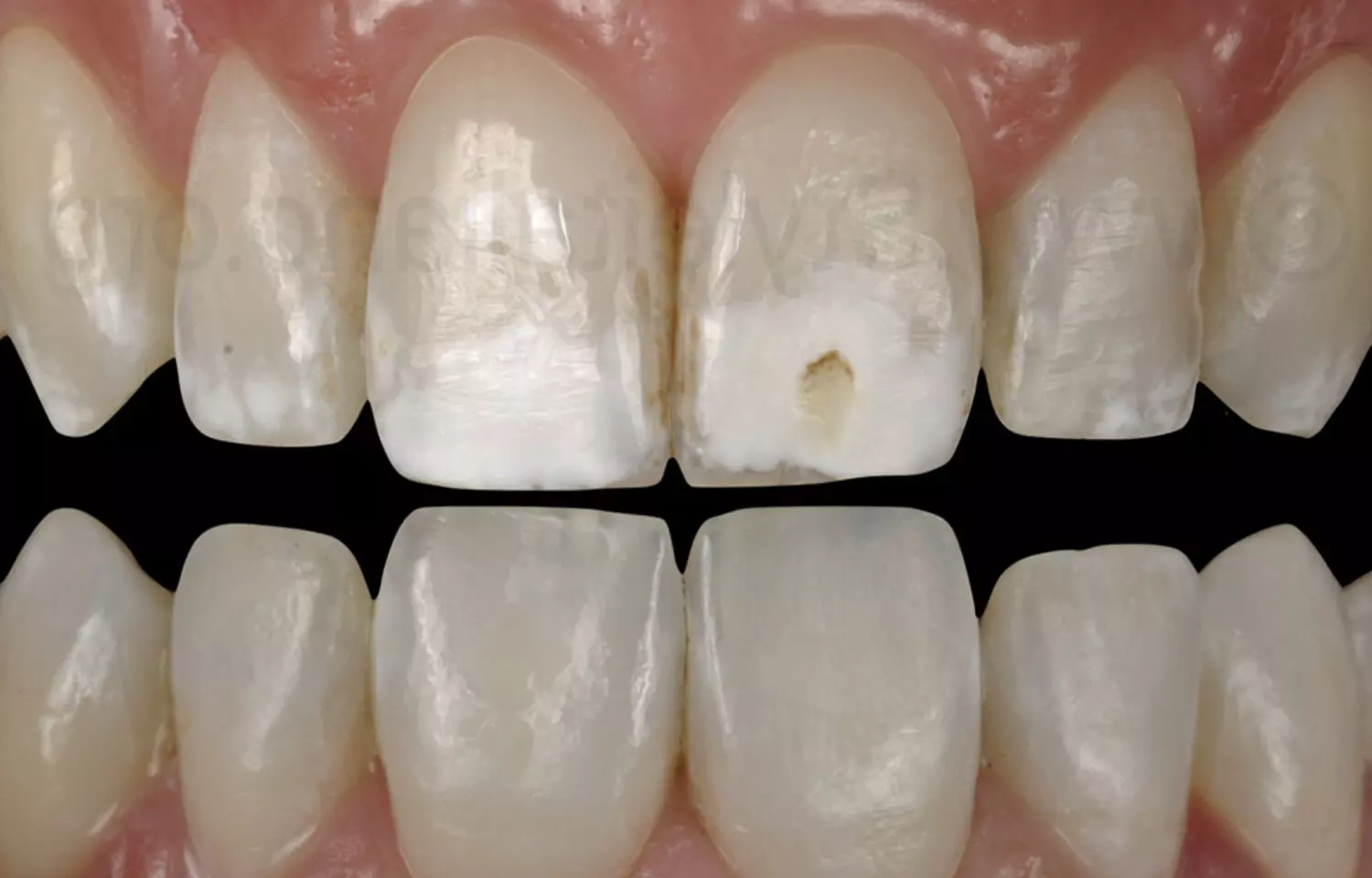Silica Particle Size and Concentration Critically Influence Dental Resin Performance: Study
- byDoctor News Daily Team
- 16 October, 2025
- 0 Comments
- 0 Mins

A new study published in the journal ofNature Scientific Reportsshowed that incorporating silica into dental resins significantly affects material properties while maintaining good biocompatibility. Large silica particles enhance mechanical strength but decrease surface smoothness and trueness, whereas smaller particles improve degree of conversion (DC), surface finish, and produce whitening effects. Dental restorations have undergone a revolution with to developments in computer-aided design and computer-aided manufacturing (CAD/CAM)and 3D printing technologies like digital light processing (DLP) and stereolithography (SLA), which allow for quicker and more customized production. Silica fillers improve surface qualities and mechanical strength, making them essential in 3D-printing resins. The performance of resin is greatly influenced by particle size and concentration, which highlighted the necessity of comparative research to improve dental composite formulas and clinical results. Thus, this study examined how the size of silicon dioxide (SiO₂, silica) particles affected the mechanical, surface, and printing-trueness characteristics of dental resin that was 3D printed. A commercial 3D-printing resin was mixed with silica nanoparticles (5–20 nm) and microparticles (0.5–10 μm) at 1 weight percent and 2 weight percent, respectively. Standard postprocessing and printing procedures were used for the specimens. A particle size analyzer was used to determine the particle size distribution. A profilometer and spectrophotometer were used to examine surface properties including color difference and roughness. Energy-dispersive X-ray spectroscopy (EDS) and scanning electron microscopy (SEM) evaluated the silica dispersion and microstructure. Vickers hardness, flexural strength, and degree of conversion (DC) were assessed to show the mechanical performance and polymerization efficiency of the modified resins. Digital superimposition analysis of customized crowns was used to test printing trueness using RMS (root mean square) values. HGF cells treated with extracts of the specimens for 24 and 72 hours were used to assess biocompatibility using the WST-8 test. The findings demonstrated that 2 weight percent of tiny silica particles improved surface smoothness and had a whitening impact. On the other hand, surface roughness rose with big silica particles at 2 weight percent. The small-particle 2 weight percent group likewise showed the highest degree of conversion (P <0.01). Vickers hardness (17.12 ± 0.19 HV) and flexural strength (134.03 ± 4.65 MPa) were maximum for large particles at 2 weight percent. A consistent silica dispersion and a different shape based on particle size were verified by SEM and EDS pictures. Regardless of particle size or concentration, all silica-containing resins demonstrated HGF viability that was equivalent to controls at 24 and 72 hours. For both tiny (108.94 ± 4.14 μm) and big (105.38 ± 7.27 μm) silica particles at 2 weight percent, trueness studies of crowns showed decreased accuracy. Overall, this study finds silica as a potential filler that can alter the mechanical, surface, and printing-trueness characteristics of 3D-printing resins. Chen, D., Jin, G., Zhang, Z., Ma, Y., Liu, Y., Lim, J.-H., Kim, R., & Kim, J.-E. (2025). Effects of silica particle size on the mechanical, surface and printing-trueness properties of 3D-printing dental resin. Scientific Reports, 15(1), 35644.https://doi.org/10.1038/s41598-025-19615-1
Disclaimer: This website is designed for healthcare professionals and serves solely for informational purposes.
The content provided should not be interpreted as medical advice, diagnosis, treatment recommendations, prescriptions, or endorsements of specific medical practices. It is not a replacement for professional medical consultation or the expertise of a licensed healthcare provider.
Given the ever-evolving nature of medical science, we strive to keep our information accurate and up to date. However, we do not guarantee the completeness or accuracy of the content.
If you come across any inconsistencies, please reach out to us at
admin@doctornewsdaily.com.
We do not support or endorse medical opinions, treatments, or recommendations that contradict the advice of qualified healthcare professionals.
By using this website, you agree to our
Terms of Use,
Privacy Policy, and
Advertisement Policy.
For further details, please review our
Full Disclaimer.
Recent News
Health Ministry Proposes Barcoding Rule for All Va...
- 23 October, 2025
Boehringer Ingelheim Jascayd gets nod in China for...
- 23 October, 2025
Mizoram reports 121 multidrug-resistant TB Deaths...
- 23 October, 2025
GSK Shingrix new prefilled syringe presentation ge...
- 23 October, 2025
Daily Newsletter
Get all the top stories from Blogs to keep track.


0 Comments
Post a comment
No comments yet. Be the first to comment!